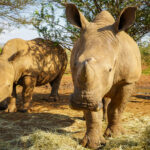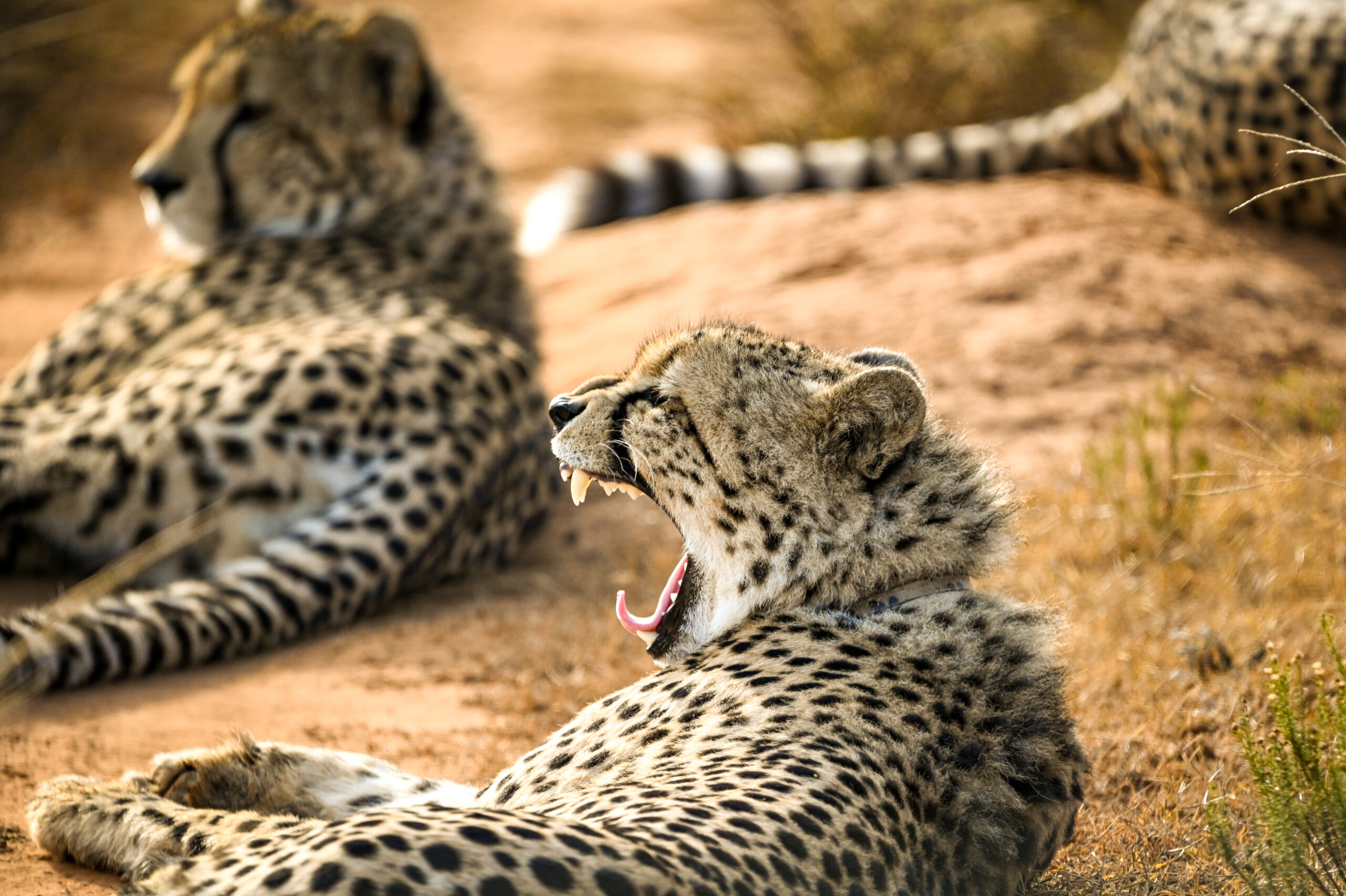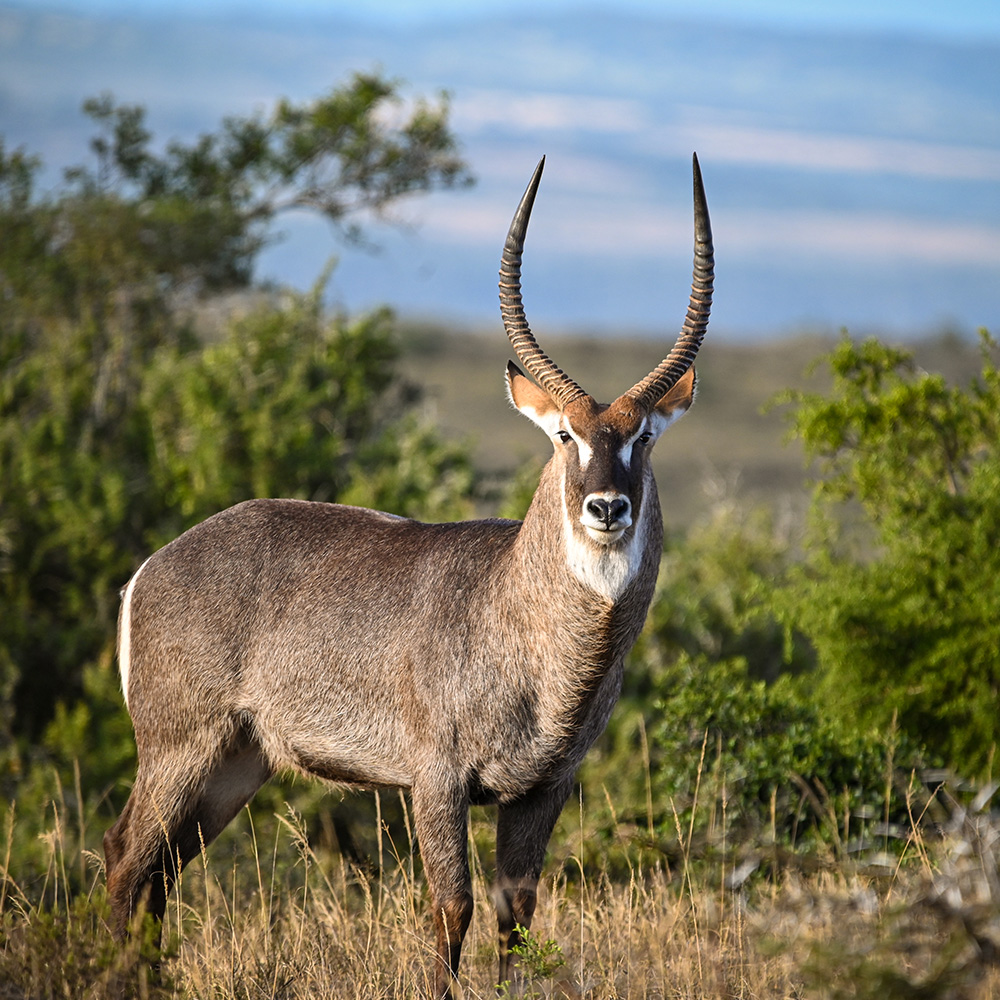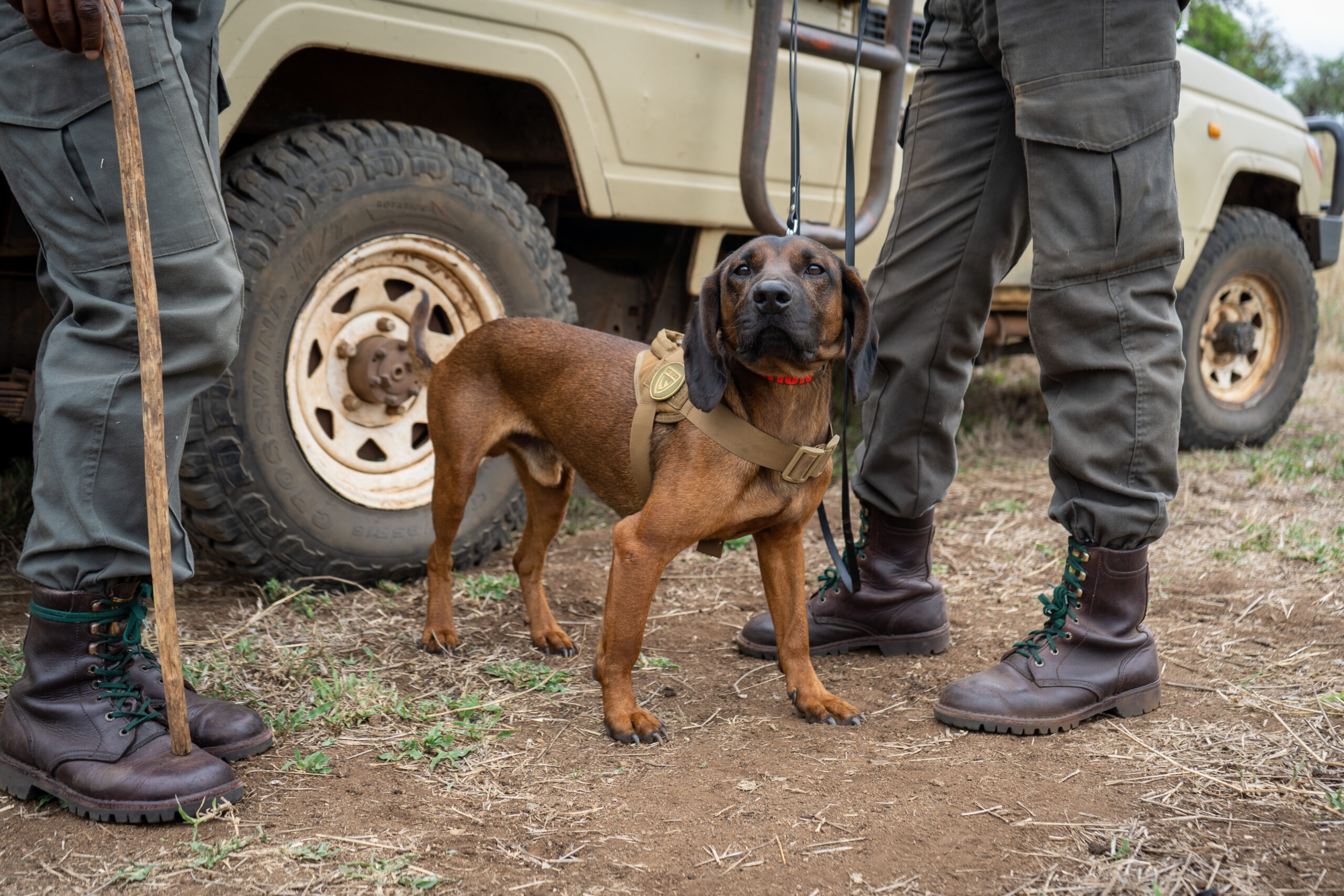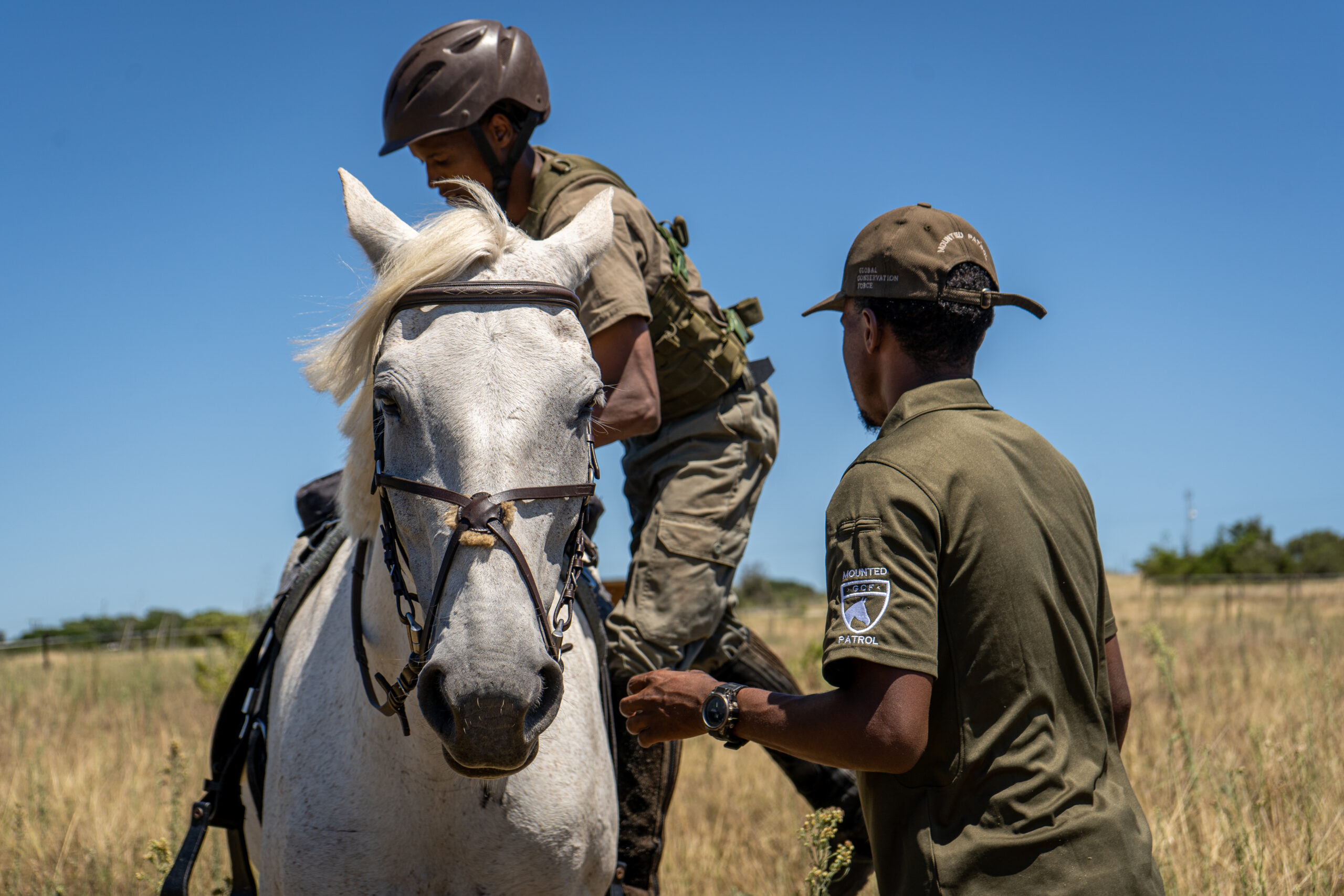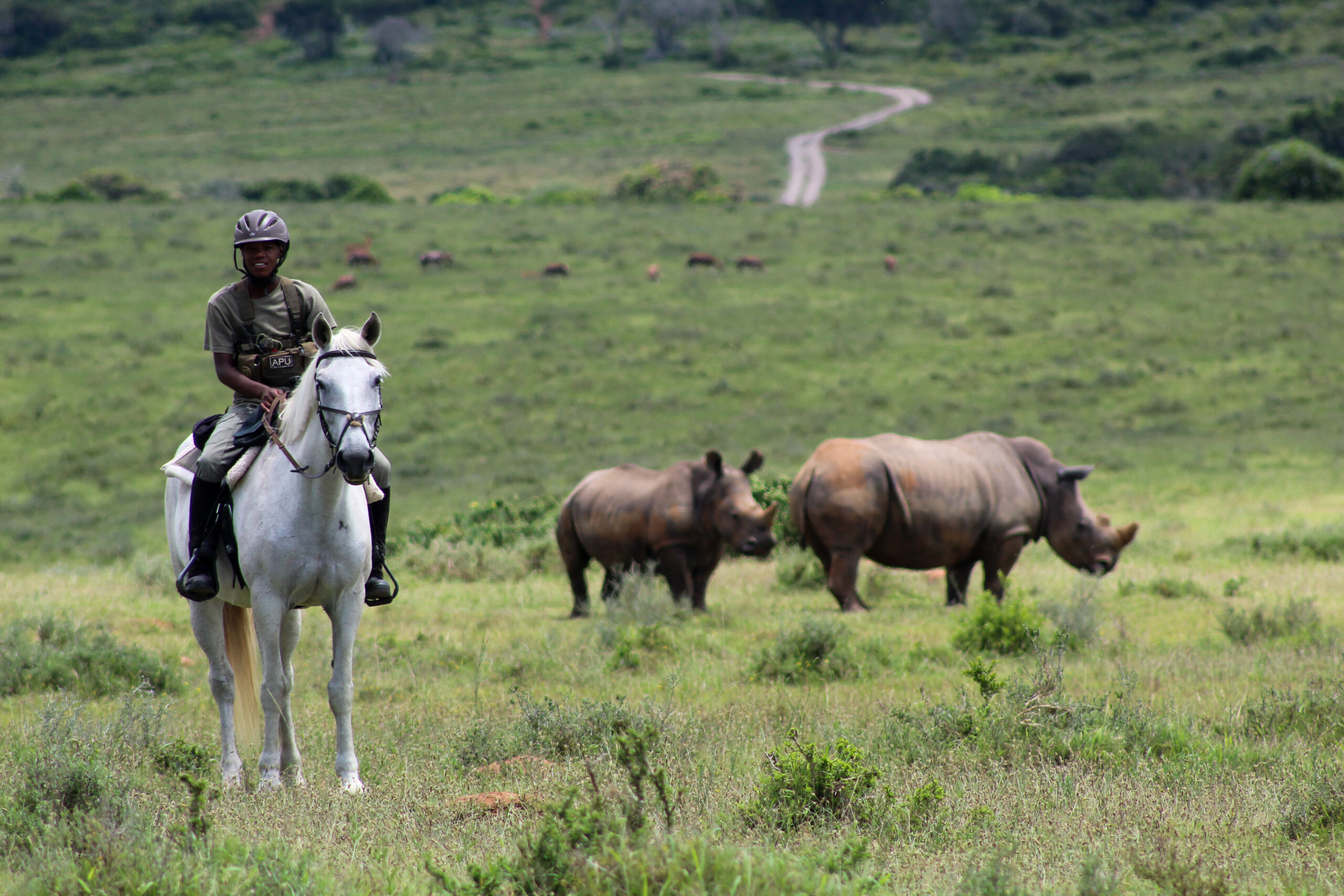

COMMUNITY-DRIVEN
Global Conservation Force not only focuses on anti-poaching and education, but also empowers local communities to...
LEARN MORE

PROTECT THE DEFENSELESS
With our relentless anti-poaching efforts, impactful education initiatives, and community-based conservation projects, we're...
READ MOREJOIN
to
THE
FIGHT
SAVE ENDANGERED SPECIES WITH
GLOBAL CONSERVATION FORCE
- A Force to Be Reckoned With
Join the Global Conservation Force and Help Save Endangered Wildlife Together

Holding the Frontline
Global Conservation Force brings together a team of experts, volunteers, and community members to work towards saving endangered species.
Join the Rhino Conservation Challenge! Rally your friends, raise funds, and support frontline rhino protection. This annual fundraiser powers anti-poaching, rhino rescue, and ranger training efforts. Top Prizes: Grand Prize: A 7-day conservation safari in South Africa for two. Second Place: A hands-on volunteer stay at Zululand Rhino Orphanage. Make an impact. Win the adventure of a lifetime. Sign up. Fundraise. Save rhinos.
Pretzels & Pints, San Diego Sunday, September 22nd, 2026 3:00 PM – 9:00 PM Free to Attend! Celebrate World Rhino Day with Global Conservation Force at Pretzels & Pints in San Diego! This family-friendly event is free to attend, so grab your friends and come enjoy a day of community, conservation, and fun—all while supporting rhino protection efforts.
Join us for a milestone celebration at Global Conservation Force’s 10th Annual Gala—an afternoon of fine wine, gourmet dining, and impactful conservation storytelling, all set against the breathtaking backdrop of Wilson Creek Winery.
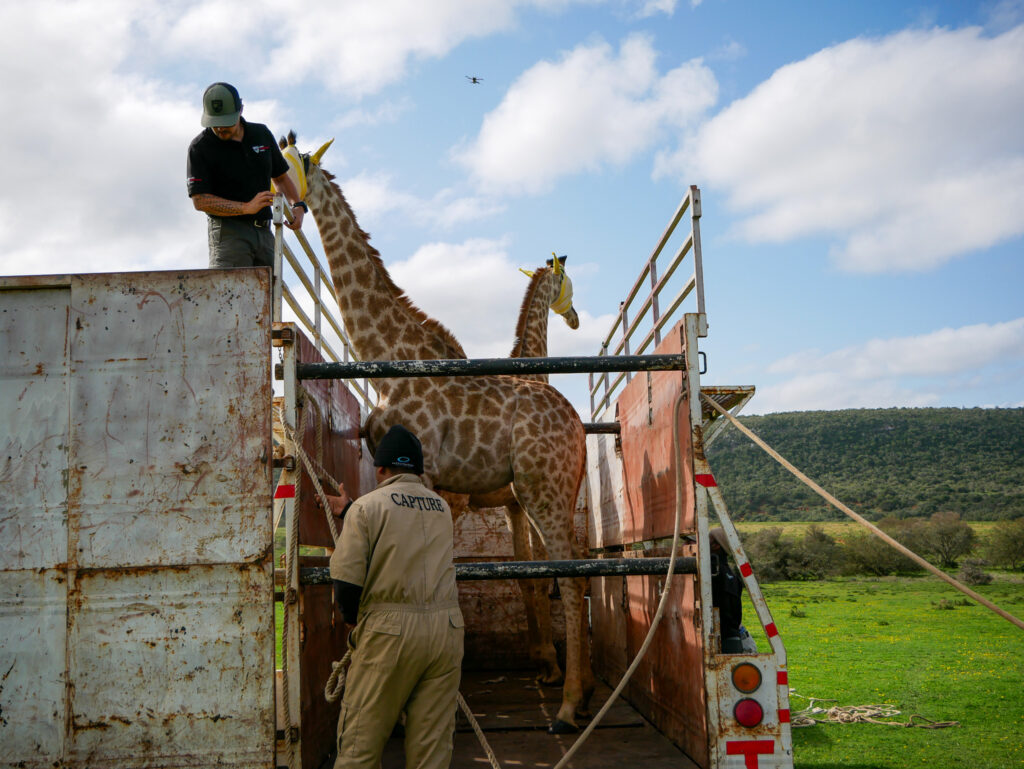
wildlife veterinary program africa
2026 Global Conservation Force | Professional Development Courses
Global Conservation Force (GCF) is excited to announce our series of immersive, hands-on conservation training courses for 2026! Designed to provide participants with critical skills and education, these programs offer a unique opportunity to contribute directly to wildlife protection efforts while experiencing the diverse beauty of South Africa.
GCF Admin
0 Comments

Rhinos
August Impact Update: Training Rangers, Equipping Teams, and Protecting Wildlife
August was a powerful month of impact for Global Conservation Force, with training, equipment sponsorships, and field operations strengthening frontline conservation across South Africa. Thanks to the support of our partners, donors, and patrons, we advanced ranger skill sets, supplied vital gear, and removed threats to endangered wildlife populations.
GCF Admin
0 Comments

Rhinos
10th Annual Wildlife Gala
An afternoon of fine wine, gourmet dining, and impactful conservation storytelling, all set against the breathtaking backdrop of Wilson Creek Winery. This years theme; Old West!
GCF Admin
0 Comments
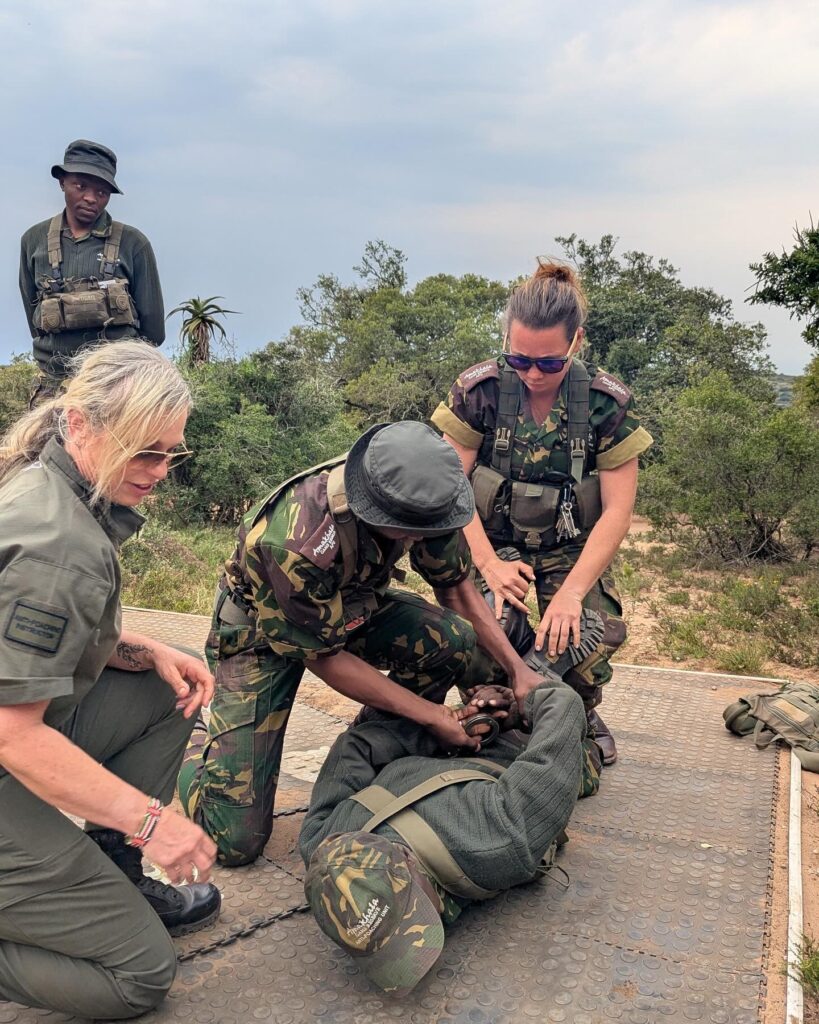
Rhinos
Sponsored Ranger Training | Arrest Procedures and Techniques
Global Conservation Force instructors recently led a focused half-day training session for the Amakhala Anti-Poaching Unit, covering arrest procedures, suspect containment, and the first steps in evidence documentation and rights protocols. The training was taught by GCF Instructor Amanda, who draws on years of experience as a police officer to provide rangers with practical, field-ready skills for wildlife crime response.
GCF Admin
0 Comments

partners and collaborations
GCF x War Dog Tactical Gear Launch – Coming Soon!
Soon, you’ll be able to purchase GCF x War Dog Tactical gear in the U.S. through the GCF online store and directly from War Dog Tactical in South Africa! Every purchase will directly support GCF’s K9s and K9-based wildlife protection programs around the world.
GCF Admin
0 Comments
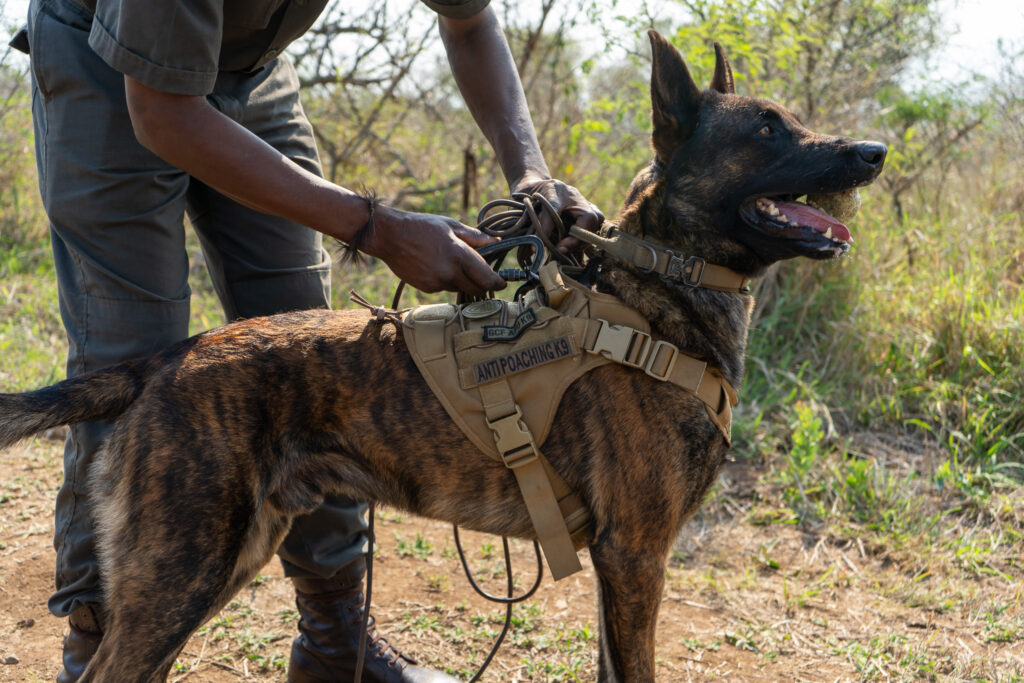
Rhinos
Celebrating International Dog Day: The K9 Heroes Protecting Wildlife Worldwide
At Global Conservation Force (GCF), we know that some of our greatest conservation allies walk on four legs. This International Dog Day, we’re honoring the incredible dogs who stand on the frontlines of wildlife protection, anti-poaching efforts, and counter-wildlife trafficking initiatives around the globe
GCF Admin
0 Comments
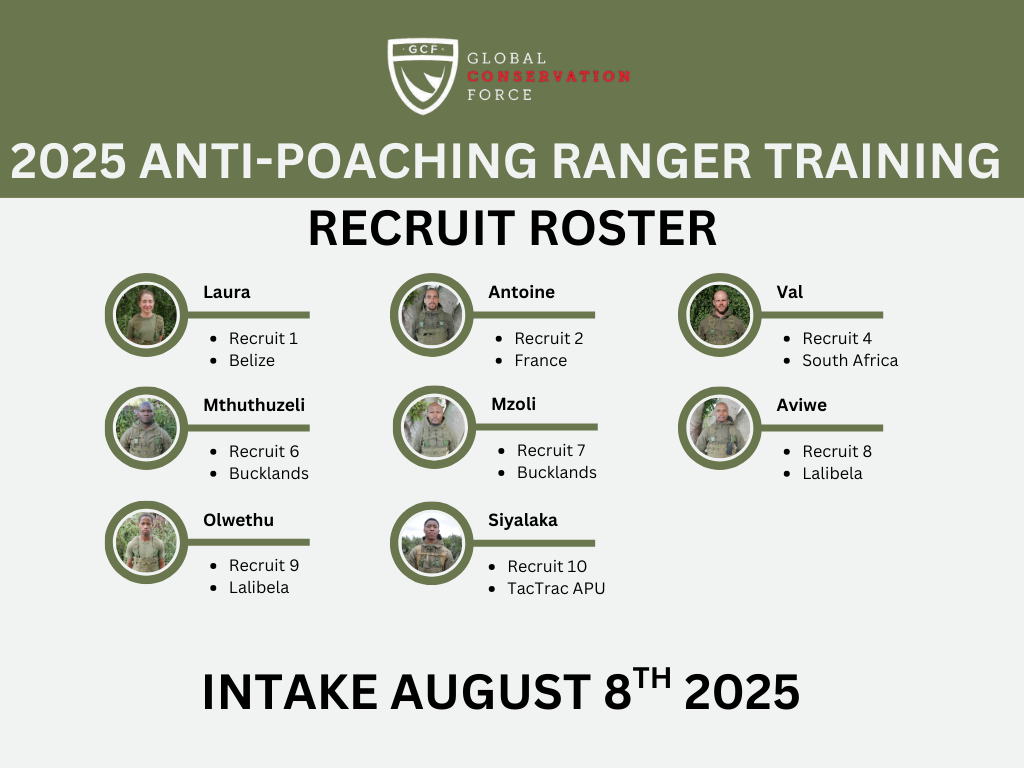
Volunteer Programs
2025 Introduction to Anti-Poaching Course | Week 3 Update
2025 Introduction to Anti-Poaching Course | Week 3 Update At Global Conservation Force (GCF), our mission remains clear: to equip the next generation of rangers with the skills, training, and gear they need to protect some of the world’s most endangered wildlife. Thanks to a generous grant from the United Methodist Church in Vista, we have secured the base costs for our instructors and the community-selected recruits participating in this year’s Annual Ranger Training Course in the Eastern Cape, South Africa. However, additional funding is still needed to ensure these recruits complete their training fully prepared.
GCF Admin
0 Comments
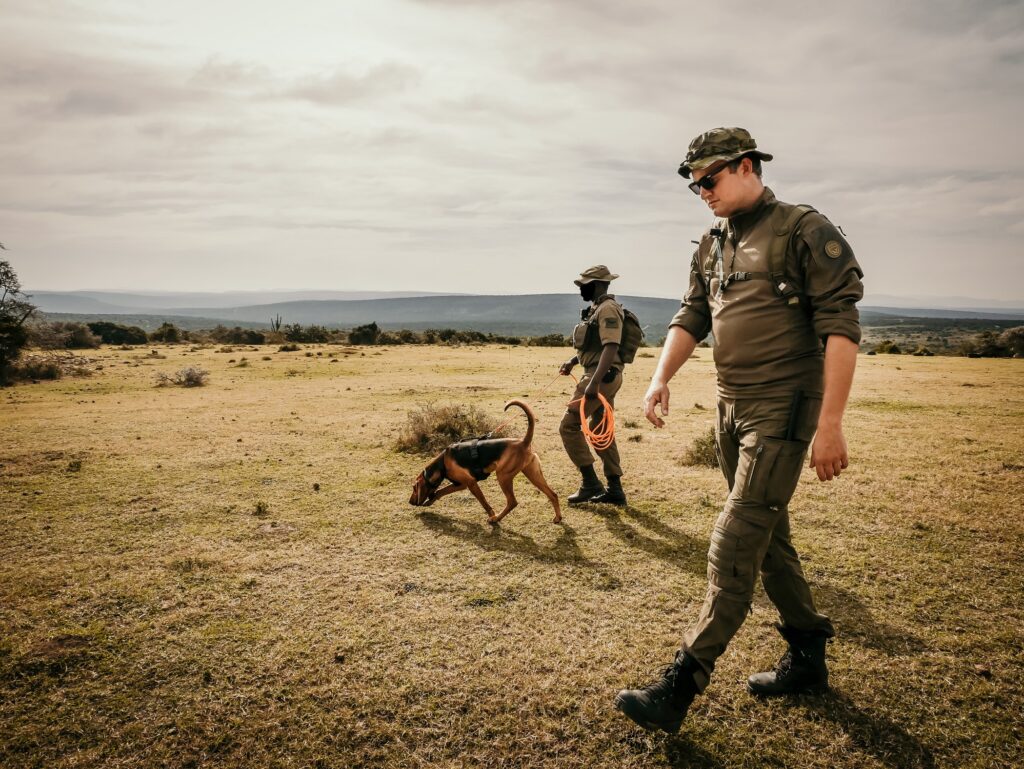
Rhinos
2025 K9 Field Training and Integrated Operations | Elevating Wildlife Protection Teams
The K9 Field Training and Integrated Operations course is one of Global Conservation Force’s most advanced training initiatives, offering an intensive, hands-on professional development experience for handlers, trainers, and field rangers working with active K9 units in wildlife conservation. Unlike traditional training programs, this course places teams directly into operational environments, challenging both handlers and K9s to excel under real-world conditions.
GCF Admin
0 Comments

Want to collaborate with us?
Global Conservation Force brings together a team of experts, volunteers, and community members to work towards saving endangered species.
- Fighting Extinction, One Species at a Time
Every donation is an essential help for each animal's life
Ongoing Projects
- Copyright 2024. All Rights Reserved. Powered by Wild Media.





